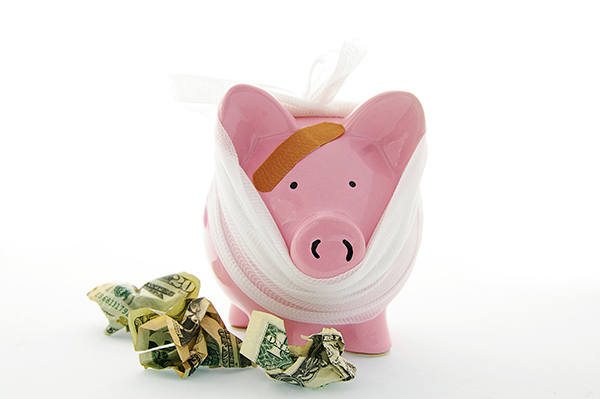The Dutch government spent €116 billion on health and welfare in 2020 — a number which corresponds to an increase of approximately 8.3 percent or €8.9 billion compared to the year before, according to a Statistics Netherlands (CBS) report released at the end of June. The increase was driven, in part, by spending specifically designed to assist the healthcare sector with the extraordinary burden imposed by the corona crisis, with the government providing approximately €4.1 billion to fight the pandemic. The majority of Covid-19 crisis-related funding went to support corona-related public health expenses such as testing and contact tracing.
Part of the Covid relief money received by the healthcare sector funded various forms of financial support for providers and bonuses for healthcare workers. As part of the country’s corona relief efforts, the government provided €2.1 billion in bonuses for healthcare workers.
Overall patient numbers increased last year as healthcare workers and institutions struggled to manage the seemingly unending waves of new Covid-19 patients, while at the same time attempting to provide regular care. The government also provided approximately €4.1 billion to compensate healthcare institutions and practitioners for lower profits related to the corona crisis.
The total amount spent on regular healthcare was €2.2 billion less than the year before. Interestingly, healthcare expenditures for care abroad declined substantially, by €85 million, most likely due to last year’s extensive travel restrictions. In spite of this overall decrease in healthcare expenditures, the total amount spent on primary care in 2020 rose 8 percent from the year before. Approximately €160 million of last year’s €293 million increase went to Covid-related care.
The government spent around €2.3 billion to pay for corona-related expenses such as medical protective equipment and extended services for homeless individuals. An additional €1.5 billion went to fund Covid testing and other corona-related medical and public health expenditures.
While many patients delayed care because of the public health regulations encouraging people to stay home and limit the casual use of healthcare, others made heavy use of those resources. The nation’s per capita spending on medical care increased to €6,660 last year, up from €6,185 in 2019.
Direct government spending on healthcare also increased last year, rising by 28 percent from 2019. The Dutch government spent €340 per person on healthcare in 2020. The average amount going towards deductibles and other healthcare expenses paid by individuals, however, decreased by 6 percent last year, most likely as a result of patients limiting appointments with professionals such as dentists and physical therapists. The average Dutch individual paid €614 in deductibles and other out-of-pocket healthcare expenses last year, down from €651 in 2019.
There were also large increases in nursing home and specialist care. Total funding for nursing care, including home health assistance, increased by €2.4 billion. In total, approximately €23 billion were spent in 2020 on nursing care in the Netherlands. The amount spent on specialist care, the second-largest growth sector, rose by close to €1.8 billion last year to reach €31.2 billion, an almost 6% increase from 2019.
Last year’s rise in health and welfare expenditures is part of an overall long-term increase in the percentage of the nation’s gross domestic product (GDP) spent on healthcare each year. In 2000, approximately 10 percent of the Dutch GDP went to health and welfare. That number reached 12 percent by 2008 and 13.2 by 2019. In 2020, healthcare spending reached 14.5 percent of the nation’s GDP.
In all, insurance companies and the Dutch government assumed ultimate responsibility for 85 percent of all 2020 healthcare expenditures.
Written by Lorre Luther
